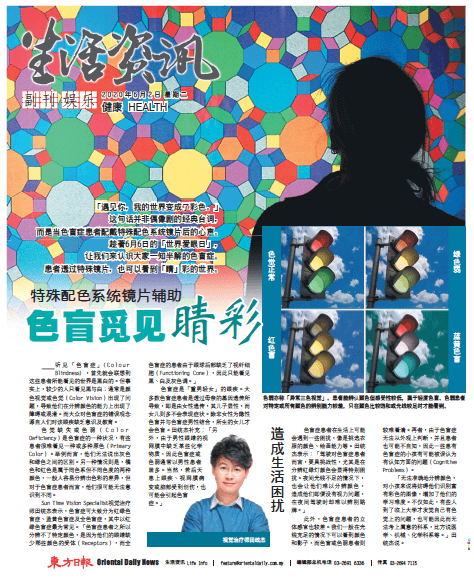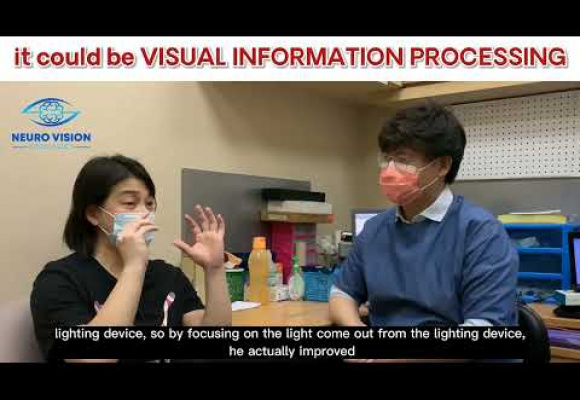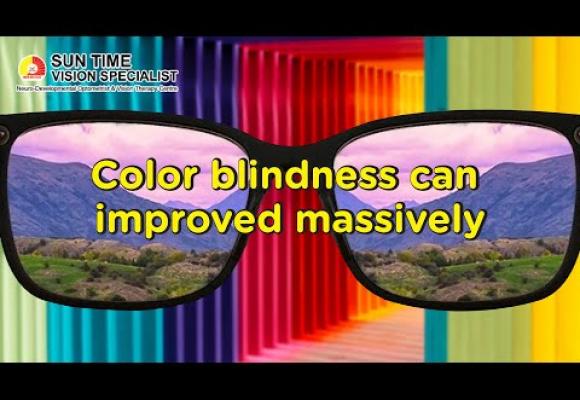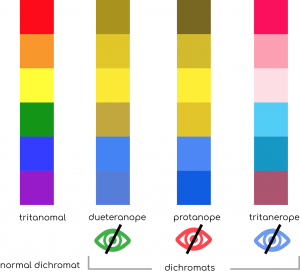
What is color blindness?
When people hear color blindness, they often think it means the colour blind person sees only in black and white. In truth, they face colour vision problems. And experience a colour deficiency or confusion between colours.
For example, some people can’t tell the difference between gray and green. This misconception is due to the lack of education on the awareness of color blindness. Colour deficiency is a condition. Some people have challenges to see one or more primary colours (red, green, or blue). and being able to recognize them through their retina (back of the eye).
People with color blindness may not be aware of differences among colors that are obvious to the rest of us. Meanwhile, people without severe color blindness may not be aware of their condition.

Common types of color blindness
- Red Green color blind (most common)
- Blue Yellow color blind
- Total color blindness (least common)
Individuals with color blindness lack green, or red, or blue receptors. It results in the person seeing only 1 colour. Some people have no functioning cones on the back of the eye and this causes them to see only gray, black or white.
Colour blindness can affect one’s ability to choose cloth colors, draw, label and more. When children are colour blind, it can sometimes be mistaken for cognitive problems. Such as unable to learn the colours. It can also interfere with their ability to recognize coloured shapes.
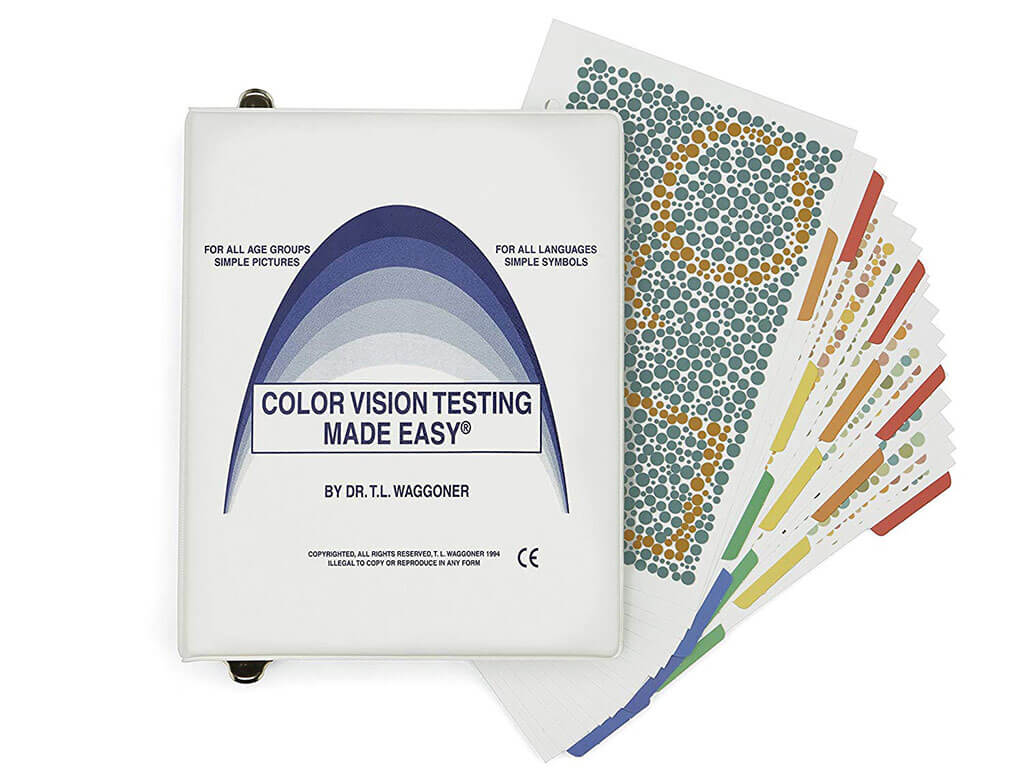
Color Vision Examination
Apart from the colour vision screening, we also offer other in-depth colour blind test to classify the nature and severity of particular color deficiency (Buta Warna, 色弱).
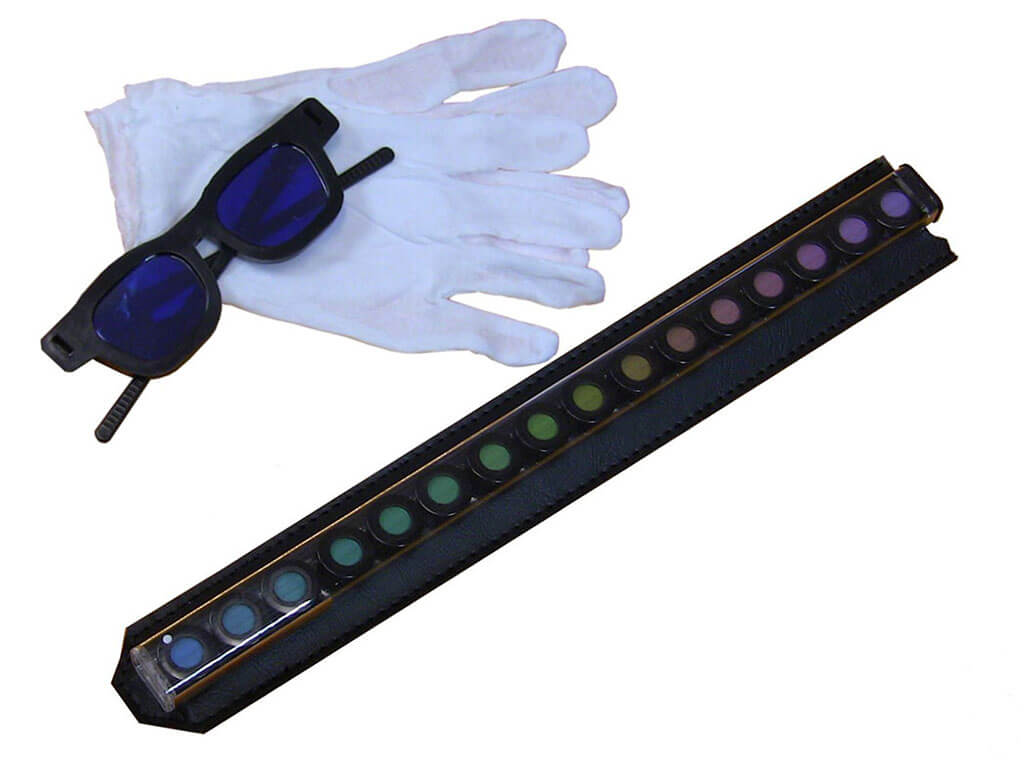
Farnsworth D-15 Test
This alternate colour blind test differentiates various types of moderate red-green or blue-yellow colour vision defects.
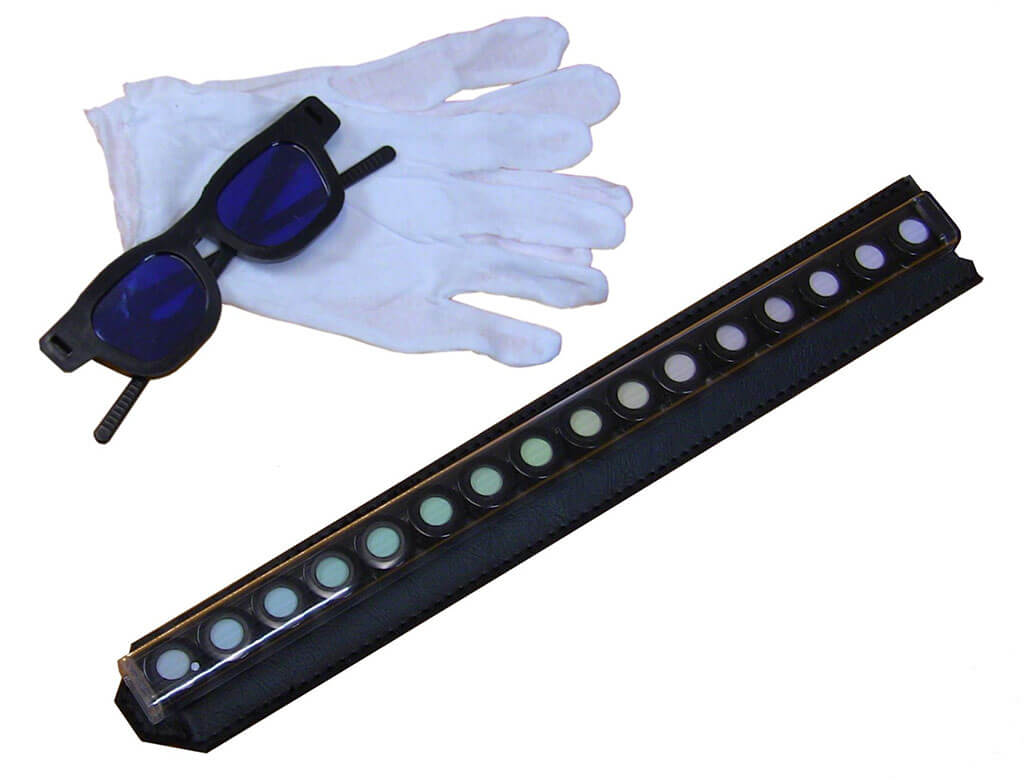
L'Anthony Desaturated Test
In this colour blind test, it tests for mild colour blindness caused by eye disease (ocular pathology).

Ishihara Test
This is a very sensitivity test that picks up very mild colour vision problems. This test is to determine if one is lacking red or green receptors. But it can't tell exactly what or which receptors someone is lacking. Lack of red and green receptors are the most common causes of colour blindness.
Question: Are all ishihara tests the same?
Someone can fail the Ishihara test and not be colour blind. Instead, this person may have difficulty with visual information processing skills. The skill needed to tell where things are in relation to others (visual figure ground).

City University Colour Vision Test
This test can detect whether you lack red, green and/or blue receptors. It uses colours we see in daily life, and it compares colours to colours. As a patient, one would not know whether they passed the test or not.

HRR Colour Vision Test
This test is like the Ishihara test. This test is to detect when one is lacking blue receptors. It also determines if the colour deficiency is mild, moderate or severe.
If you notice a serious change in how you see color, contact our vision specialist. Your symptoms could be a warning sign, so it's a good idea to schedule a quick consultation. You should also tell our vision specialist if you think you’re having trouble seeing colors.
Frequently Asked Questions
While colour blindness has no cure, special color blindness lenses exist to increase the contrast and help with colour perception. Thanks to the Colorist System we are able to help people who are colour blind.
These Colorist Systems can be worn as either contact lenses or spectacles. This gives colour blind people a whole new world of colour in their life. Colorist Systems can include Chromagen lenses, ColorMAX, Colorlite, Colorview and more.
There are a number of inherited diseases that can lead to color blindness, but they are quite rare and most are from eye specific illnesses, such as:
- Cone Dystrophy
- Cone-rod Dystrophy
- Achromatopsia
- Blue cone monochromatism
- Retinitis pigmentosa
- Macular Degeneration
- Retinoblastoma
- Leber’s congenital amaurosis
Driving can be a challenge for people who are colour blind. Color blindness makes it difficult to tell whether you’re looking at a stop or go traffic light.
On the other hand, with the Colorist System we are able to create special glasses which will help them drive during the day. But, night time driving is difficult as colours are harder to detect and differentiated due to lack of light.
Yes, you would able to hold a desk job such as admin, executive or even manager. But each country's standard is different. Some departments have a special colour test to pass although you failed a common colour vision test mentioned above.


